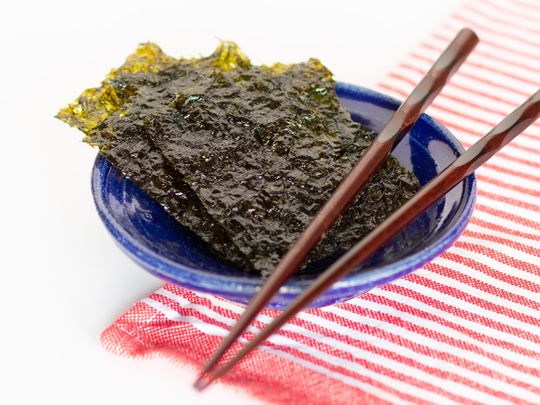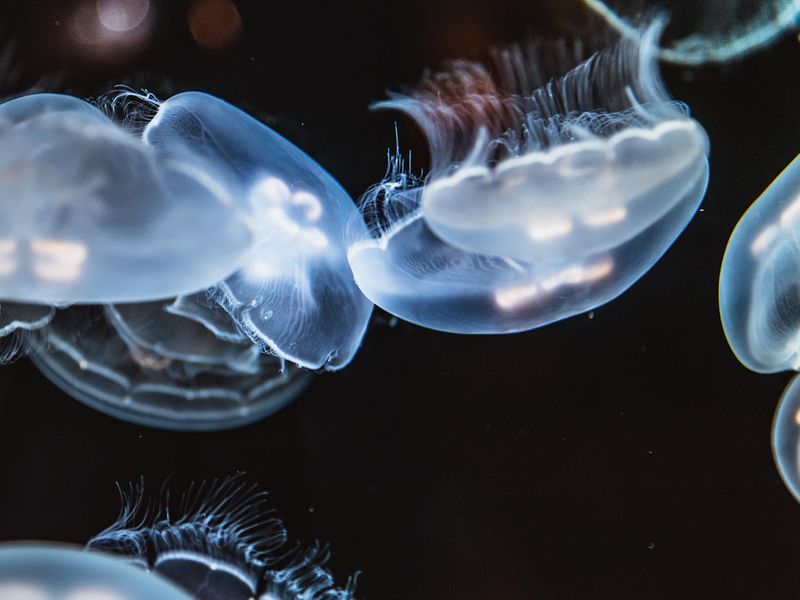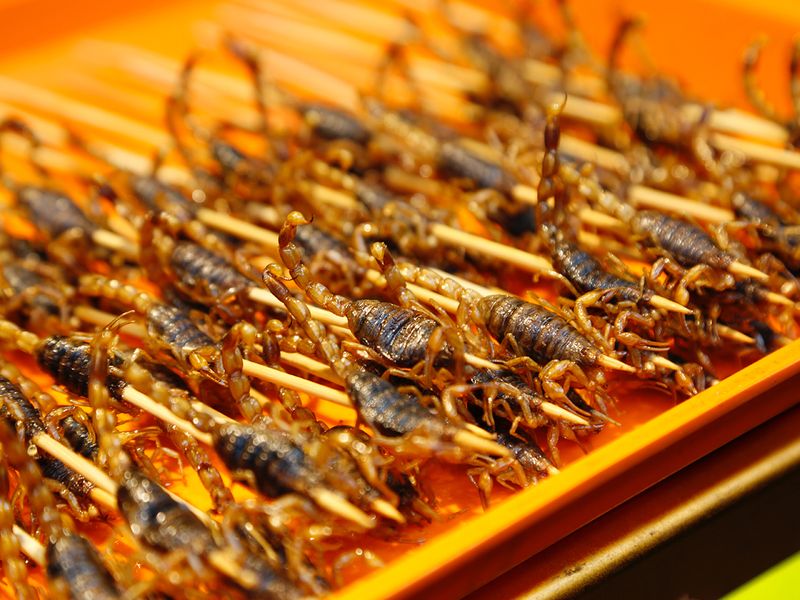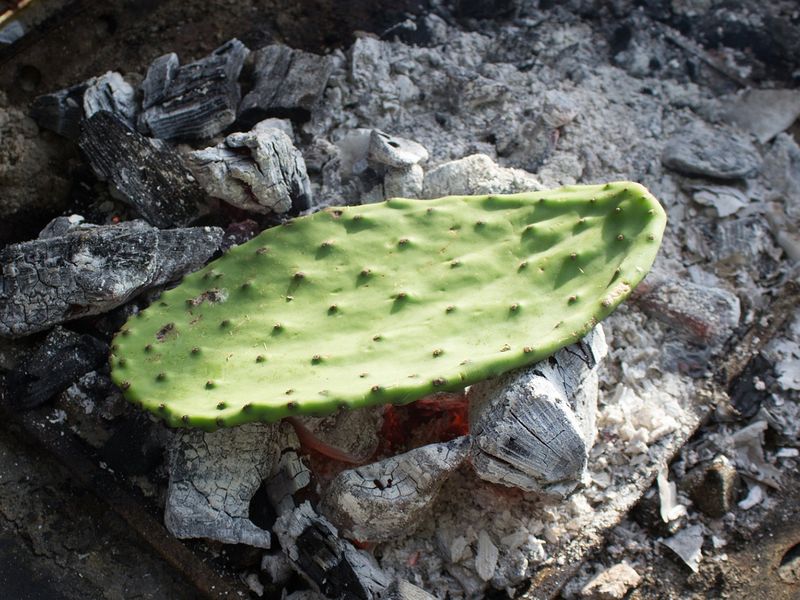
Put away your breakfast eggs and toast. In the future, you’ll likely be eating false bananas and cell-cultured meat.
Click start to play today’s Word Search, where you can find ingredients that go in many of our meals. Visit Gulf News’ Food section for everything you need to know about global cuisines, recipes and more.
Let’s not beat around the bush. Climate change is coming for our crops. It is increasing the risk of severe ‘food shocks’, where crops fail and the prices of staples rise dramatically around the world, according to an August 2015 report in the UK-based news website BBC. Just as concerning is the fact that of more than 7,000 edible plants in the world, only 417 are widely grown and used for food.
So, diversifying our food, and experimenting with new varieties could be the best solutions to alleviate hunger in the future. Here are some extraordinary foods of the future that scientists think we’ll be seeing more of, in our plates, according to a June 2021 report by the UK-based Natural History Museum:
1. Jellyfish

Move over, fish and chips. Jellyfish chips and salad could become a common sight on menus in the next couple of decades, as a way to mitigate depleting fish stocks around the world. There are currently around 25 species of edible jellyfish, with most being consumed in Asian countries like Thailand, Malaysia and Japan.
2. Cell-cultured meat

Some start-up companies have already successfully grown meat in labs, from animal cells. With cell-cultured beef, chicken and fish soon arriving in mainstream markets, you will be able to cook it in the same way as conventional meat, for instance, by grilling and frying. The meat looks, tastes and smells identical to conventional meat and has the same amount of nutrients. This cleaner, energy-efficient meat could help feed an exploding human population in the future.
3. Insects

Rich in protein, fibre, minerals and vitamins, insects are eaten all around the world. From fried crickets in Thailand to roasted maguey worms in Mexico, insects provide a cost-effective substitute to meat. Insect farming requires considerably less land, water, and energy, and has a lower carbon footprint. There are over 1,900 edible insects, so munching on wasps and grasshoppers could easily become the future of snacking.
4. Cacti

Eating wild plants could provide an income for farmers in developing countries, and also diversify the variety of crops people consume. With over 1,500 species of cacti in the world, and many of them edible, these thorny plants have quickly become staple food in places like Latin America. The pads of the plant are often grilled and served with eggs, or in salads and tacos. Cacti can also be used in juices, jams and sweet treats; they’re rich in fibre, vitamins and micronutrients.
5. False bananas
Enset or ‘false banana’ is a close relative of the banana we know, but is currently only being consumed in one part of Ethiopia. Ironically, the banana-shaped fruit of the plant is inedible, but its starchy stems and roots can be fermented and used to make porridge and bread. According to the BBC report, enset has the potential to feed more than 100 million people in a rapidly warming world.
6. Beans
You likely already include these versatile vegetables in your meals – they’re cheap, high in proteins and vitamin B, and have adapted to a wide range of environments. But there exist over 20,000 species of legumes in the world, yet we only use a handful of them. The morama bean for instance, is less known in the West, but is a staple in parts of Botswana, Namibia and South Africa, where people boil it with maize or ground it to a powder to make porridge. Scientists think there are hundreds more varieties of legumes in the wild that are still unknown.
7. Seaweed
Since more than a third of the world’s soil is moderately to highly degraded, according to the 2020 book Climate Change and Soil Interactions, the world is now looking to marine plants as a source of food. Seaweed is a type of algae that grows naturally along rocky shorelines around the world, and there are 10,000 different types of them, many of which, are edible. Offering a range of flavours and textures, seaweed is commonly used in Japan, Korea and China, and flavours many dishes, from soups and stews to cakes and smoothies. The most well-known, of course, is nori – thin, dried sheets wrapped around sushi rolls. Seaweed has been known to provide many health benefits, since it contains iodine and tyrosine (which support thyroid function), fibre, vitamins, antioxidants and minerals.
What do you think of these foods of the future? Play today’s Word Search and tell us at games@gulfnews.com.





